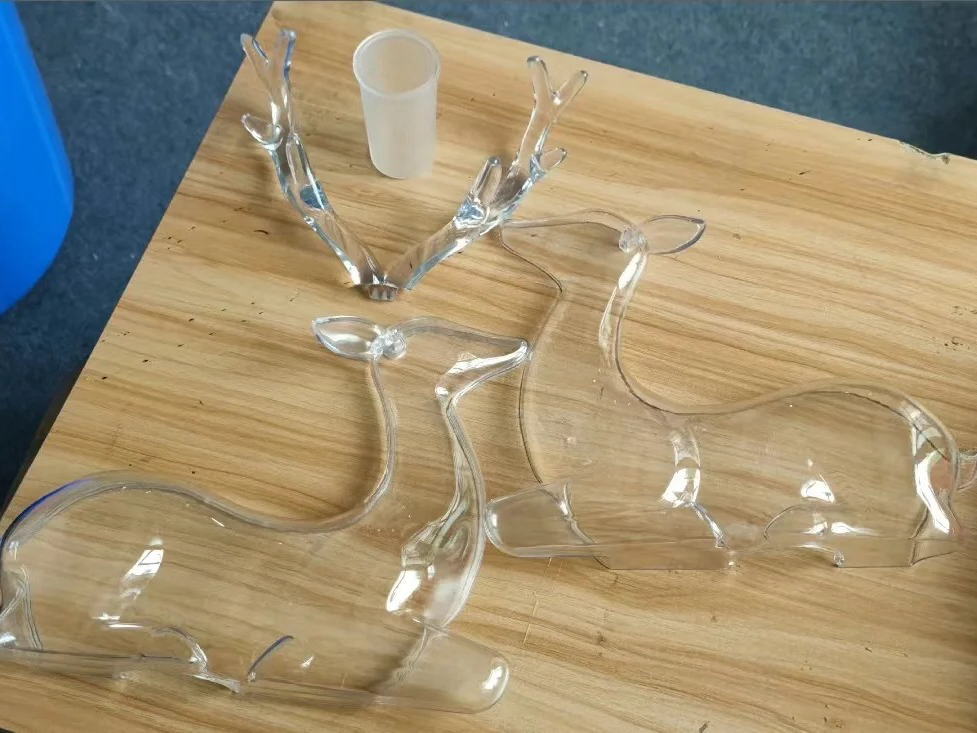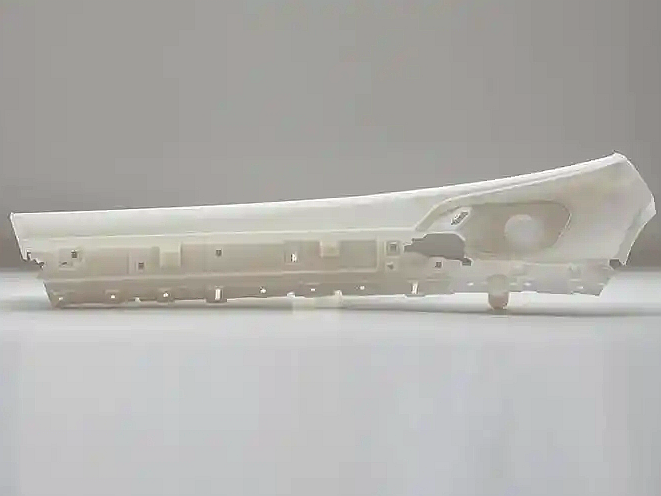Formula 1μ
Introduction to Formula 1μ Resin for 3D Printing
Formula 1μ (Formula One Micron) resin is a high-resolution photopolymer designed for printing features as fine as 2–10 microns. It is engineered for micro-scale components, lab-on-chip devices, optics, medical microdevices, and MEMS-like structures requiring extreme dimensional accuracy, edge sharpness, and minimal surface roughness.
Digital Light Processing (DLP) and Masked SLA (mSLA) are the preferred technologies for Formula 1μ resin, achieving XY resolution down to 10 µm and Z-layer resolution down to 2 µm—ideal for nano-detail applications.
International Equivalent Standards for Micro-Resolution Resin
Standard Type | Grade Code | Use Case Examples |
|---|---|---|
Microfluidic Resin | F1μ-Clear | Channel geometries, valves, mixers |
High Precision Resin | F1μ-Black | MEMS casings, optical parts |
ISO Standard | ISO 5725 | Repeatability & accuracy measurement |
ASTM Standard | D1004 | Thin-film mechanical performance |
Comprehensive Properties of Formula 1μ Resin
Property Category | Property | Value |
|---|---|---|
Physical | Density | 1.15–1.18 g/cm³ |
Curing Wavelength | 385–405 nm | |
Mechanical | Tensile Strength | 50–60 MPa |
Elastic Modulus | 2,500–3,000 MPa | |
Elongation at Break | 4–8% | |
Precision | Minimum Feature Size | 2–10 µm |
Surface Roughness (Ra) | <0.5 µm (post-polished) |
Suitable 3D Printing Processes for Formula 1μ Resin
Process | Typical Density Achieved | Surface Roughness (Ra) | Dimensional Accuracy | Application Highlights |
|---|---|---|---|---|
≥99% | 0.5–1.5 µm | ±0.01 mm | Ideal for MEMS housings, microchannels, and fine optics | |
≥99% | 0.3–1.0 µm | ±0.005 mm | Best for ultra-fine structures, lab-on-chip, and diagnostic parts |
Selection Criteria for Formula 1μ Resin 3D Printing
Micron-Level Precision: Designed for parts with ultra-fine geometry, such as 50 µm channels or 100 µm wall thickness in lab-on-chip devices.
Surface Integrity: Extremely low Ra surface roughness enables optical-grade clarity and smooth channel walls for laminar flow.
Edge Sharpness and Detail Reproduction: Supports high aspect ratio features and sharp corners ideal for interlocking micro-parts, precision alignment keys, and sealing interfaces.
Print Stability: Formula 1μ maintains stability in ultra-thin walls and minimal overhangs, enabling vertical resolution with minimal curl or warp.
Essential Post-Processing Methods for Formula 1μ Parts
Precision UV Curing: Cure at 385–405 nm with calibrated exposure time to maintain geometry while enhancing strength and stability.
IPA Cleaning with Micro Nozzles: Use controlled micro-rinsing to preserve microchannels and fine details; avoid aggressive ultrasonic agitation.
Polishing for Optical Surfaces: Post-polishing improves surface smoothness in optical and diagnostic applications (Ra < 0.5 µm achievable).
Coating or Bonding: Compatible with plasma treatments and UV-curable adhesives for sealing microfluidic layers or biofunctionalization.
Challenges and Solutions in Formula 1μ Resin 3D Printing
Resin Sedimentation in Thin Layers: Agitate or stir periodically; store resin at stable ambient temperatures to prevent filler separation.
Delicate Support Removal: Use low-force support settings and custom orientation strategies to reduce risk of damaging ultra-fine features.
Overexposure in Microzones: Calibrate exposure to avoid light bleed in microchannels or vent holes that must remain functional.
Applications and Industry Case Studies
Formula 1μ resin is widely used in:
Microfluidics: Diagnostic chips, mixing channels, valve prototypes, droplet generators.
Medical Devices: Catheter tips, surgical micromodels, inhaler flow paths, micro-pump housing.
Electronics: Connector housings, MEMS test blocks, signal routing structures.
Optics & R&D: Light guides, transparent micro-lenses, fine mechanical calibration parts.
Case Study: A research lab produced 3D printed microfluidic mixers using Formula 1μ resin via mSLA at 10 µm layer height. Parts were polished to <0.5 µm Ra and pressure-tested to 2 bar with no leakage, accelerating microchannel design by 90% compared to CNC.
Frequently Asked Questions (FAQs)
What is the smallest feature size achievable with Formula 1μ resin?
Can this resin be used for transparent microfluidic channels and lab-on-chip devices?
What cleaning methods preserve ultra-fine channels in microstructure parts?
Is Formula 1μ compatible with medical or diagnostic sterilization protocols?
What are the best printer settings for achieving 2–10 µm resolution?



